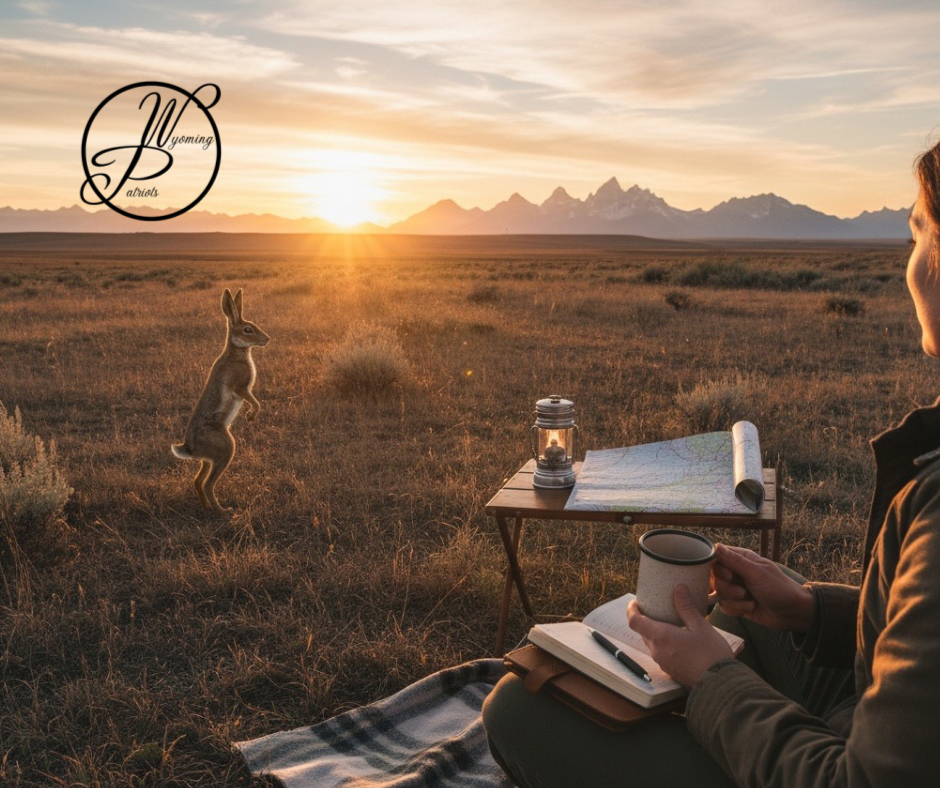SURVIVAL STORIES: THE SPRING FLOODS OF 1918
- Eric Paulson
- Mar 7
- 3 min read
Updated: Jun 3
Learning from History to Prepare for the Future: The Resilience of Wyoming's Communities
The rain had been falling for days. Clara Jensen stood at the window of her small homestead near the North River. She watched the water rise with a mix of awe and dread. Her husband, Thomas, had gone out that morning to check the levees the community constructed hastily. This left her alone with their two young children and a growing sense of unease.
The Spring Flood of 1918
It was the spring of 1918. The winter snowmelt, combined with relentless rains, had turned the river into a roaring beast. Clara remembered the stories—how the river had swallowed fields, homes, and livestock in years past. But this time felt different. The water was rising faster. The ground was softer. The storms seemed unending.

By evening, Thomas returned. His boots were caked in mud, and his face was lined with worry. “The levees won’t hold,” he said simply. “We need to move the livestock to higher ground and pack what we can.” The family worked through the night. They loaded their wagon with essentials: food, blankets, tools, and Clara’s precious family Bible. Every item had to count—there was no room for sentimentality in a fight for survival.
As dawn broke, the river breached its banks. The floodwaters surged toward their home. Clara held her children close as they watched their fields disappear beneath the murky water. The family retreated to a neighbor’s property on higher ground. They joined others who had fled the rising tide. Together, they shared resources, built makeshift shelters, and waited for the waters to recede.

For weeks, the community banded together to survive. They shared what little food they had. They took turns keeping watch for further flooding. Through the uncertainty, they supported one another. When the waters finally began to recede, the Jensens returned to their homestead. They found their fields ruined and their home heavily damaged. But they were alive. They had their community to thank for that.
Lessons from the Past
The Spring Floods of 1918 tested the resilience of Wyoming’s communities. It highlighted the importance of preparation, resourcefulness, and mutual aid. Clara and her family’s story reminds us of the power of community in the face of disaster. We can learn valuable lessons from history.
Modern Applications
While we may no longer rely on horse-drawn wagons or hastily built levees, the lessons from 1918 remain relevant today. Here’s how you can prepare for potential flooding in the modern era:
Stay Informed: Sign up for local emergency alerts. Monitor weather forecasts regularly.
Emergency Kits: Keep a flood emergency kit ready. Include waterproof bags, flashlights, non-perishable food, and first aid supplies.
Plan Ahead: Identify higher ground in your area. Create an evacuation plan for your family and pets.
Community: Build relationships with neighbors and local organizations. Ensure mutual support during emergencies.
In times of crisis, the strength of community bonds can make a drastic difference. By staying informed and prepared, we equip ourselves to face challenges head-on.

Join Us to Learn More
Prepare for Wyoming’s unpredictable weather by joining our upcoming Baofeng Breakthrough: Radio Readiness Workshop on March 15, 2025. Learn how to stay connected and informed during emergencies. Together, we can ensure that we are ready for whatever challenges the future may bring.








Comments